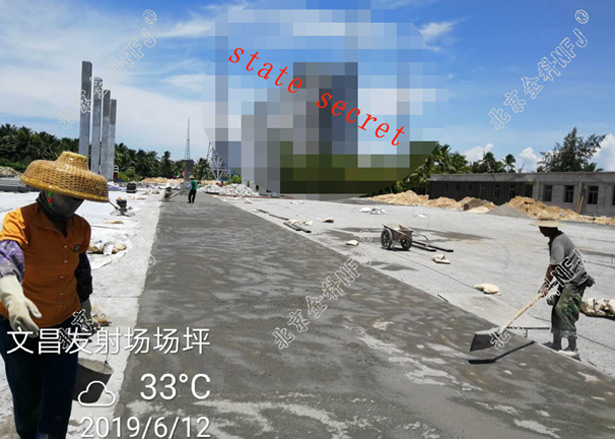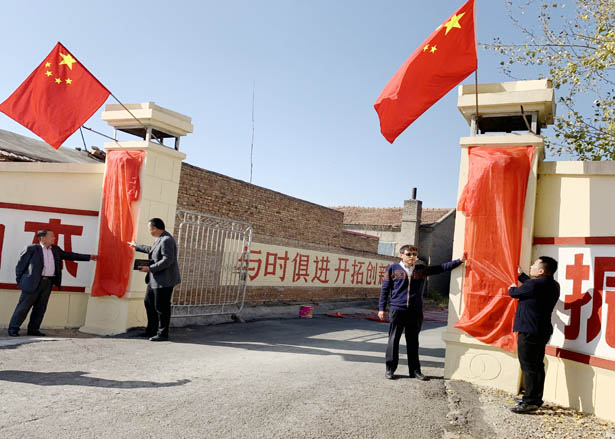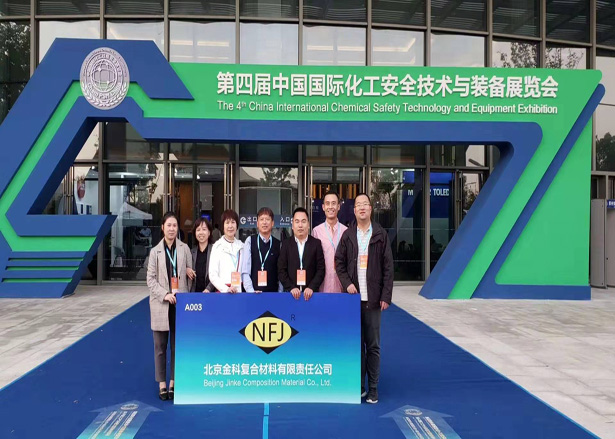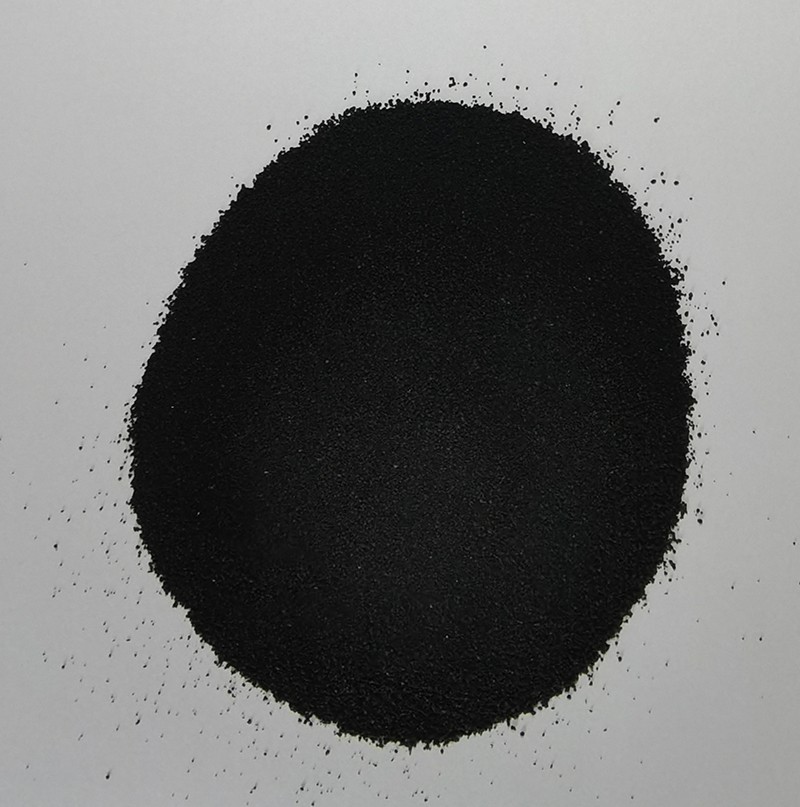## Porous Reinforcement for Lightweight Panels: Mechanisms and Applications
The demand for lightweight yet durable panels in diverse industries has accelerated the need for innovative materials. One such advancement is the use of porous reinforcement for lightweight panels, a technology that combines efficiency, strength, and versatility.
Porous reinforcement typically consists of a composite structure, where a lightweight matrix is infused with an interlayer of porous material. This setup not only enhances the mechanical properties of the panel but also significantly reduces its weight. The porous material, often made from polymers or ceramics, serves a dual purpose: it provides structural integrity while allowing for air and moisture circulation, reducing the chances of mold or delamination.
One of the key components of this technology is the manufacturing technique known as the “composite molding process.” Advanced technology, such as computer numerical control (CNC) machining and three-dimensional printing, plays a pivotal role in producing these lightweight panels efficiently. CNC machining allows for precision in cutting and shaping the porous reinforcement, ensuring that each panel meets tightly defined specifications. Meanwhile, 3D printing can create complex geometries that traditional methods may struggle to replicate, opening new design possibilities for manufacturers.
The operational mechanism is straightforward yet effective. During the production process, the porous reinforcement is incorporated into the base matrix of the panel. The infusion of resin or bonding agents helps to secure the porous materials in place, creating a cohesive structure. The result is a lightweight panel that boasts enhanced tensile strength and resistance to environmental factors, making it ideal for applications in aerospace, automotive, and construction sectors.
Practical examples of this technology in action include the use of porous reinforcement in the production of lightweight automotive body panels. These panels contribute to overall vehicle weight reduction, leading to improved fuel efficiency without compromising safety. Another application can be found in the construction of energy-efficient buildings, where lightweight panels offer excellent thermal insulation while significantly lightening the load on structural frameworks.
In conclusion, the incorporation of porous reinforcement in lightweight panels showcases the advancement of manufacturing technologies. This innovative approach not only optimizes production processes but also supports sustainable practices by reducing material waste. The significance of this technology cannot be overstated, as it enhances performance and opens doors to new applications across various industries. For more information on how porous reinforcement can benefit your projects, contact us today, and explore a range of suppliers ready to assist you in your next venture.
Show More >>
PRODUCTS
You are welcome to contact us at any time, please write the message here and we will reply you in 24 houre. thanks foryour support.



